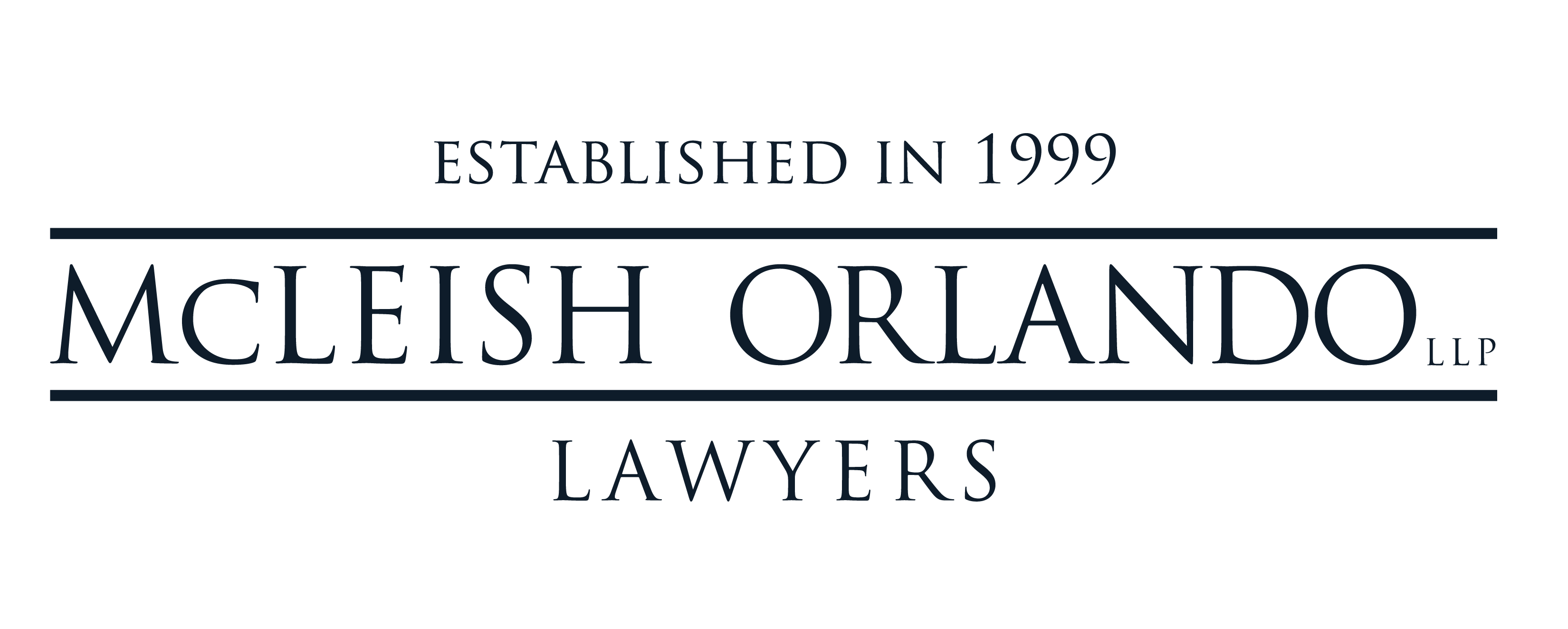Written By: Jamie Davison, Associate and Emily Roti, Summer Student
Not every workplace injury falls nicely within the bounds of statutory compensation schemes like Ontario’s Workplace Safety and Insurance Act (WSIA). When those boundaries limit recovery, such as in situations involving uninsured employers, informal employment arrangements, or non-workplace settings, tort claims may offer an alternative path. Among these, negligent entrustment stands out as a viable, though sometimes overlooked, cause of action.
This blog discusses what is a claim for negligent entrustment, when does it apply, how do you prove it, and how does it compliment the more-typical claims in negligence? The answers to these questions are especially relevant for legal professionals trying to navigate claims that arise out of non-traditional employer-employee dynamic.
What is Negligent Entrustment?
Negligent entrustment is a tort that arises when someone entrusts a person with a dangerous item or piece of equipment when they knew ought to have known that individual was unfit to operate it safely (often referred to as a “dangerous instrumentality”). This lack of fitness could be due to inexperience, intoxication, age, mental health issues, or a history of recklessness.
The doctrine is most frequently seen in motor vehicle accident litigation, but is also applicable to cases involving firearms, heavy machinery, power tools, or farm equipment – any item that, if misused, can cause serious harm. The main idea is responsibility. Those who enable foreseeable harm by handing over dangerous tools to incapable users can be held liable.
When is a Claim in Negligent Entrustment Available?
In Ontario, the WSIA generally bars employees from suing their employers or co-workers in tort for workplace injuries. But not all workers fall within WSIA coverage. For example, workers paid “under the table”, employees of non-registered or non-compliant employers, independent contractors, volunteers, or day labourers do not fall under the regime. In these cases, the WSIA immunity shield to employers does not apply, and a claim in tort becomes viable. When the facts of an incident involve an injury arising from the use of dangerous equipment or machinery, this should ring alarm bells in the heads of legal professionals that a claim for negligent entrustment could be a particularly valuable theory of liability.
However, pay close attention to the arrangement between the alleged tortfeasor and the injured party. Please refer to section 30 of the WSIA or our previous blog written by Dale Orlando discussing the WSIA regime to ensure that your client is making an informed decision in pursuing a claim in tort as by doing so, they forfeit their right to a claim under the WSIA regime.
What Must Be Proven in a Negligent Entrustment Claim?
To succeed in a negligent entrustment claim, the plaintiff must establish the following elements:
Ownership or Control
- The defendant had legal ownership of, or control over, the dangerous item. This establishes their responsibility for how the item was used.
Entrustment
- The defendant willingly provided the item to another person, either directly or through implied permission. This can be through lending, renting, or simply allowing use.
Knowledge of Unfitness
- The defendant either knew or should reasonably have known that the recipient was unqualified, inexperienced, or otherwise incapable of handling the item safely. This can include a history of drunk driving, a suspended license, prior accidents, or physical/mental impairments.
Causation
- The plaintiff must demonstrate that the injury was caused by the unfit use of the entrusted item. For example, if the owner of a motorcycle lends the bike to someone known to be under the influence, it’s foreseeable that they might cause an accident.
Damages
- The plaintiff suffered actual, compensable harm as a result, whether physical, financial, or emotional.
Courts will assess foreseeability based on the facts: Was it reasonable to expect that the recipient might misuse the equipment? Was there a history of careless behavior, or a clear lack of training or supervision?
Why Not Just Plead General Negligence?
In many cases, plaintiffs do plead both general negligence and negligent entrustment. While general negligence focuses on the direct actions or omissions that led to the injury, negligent entrustment is the decision to empower someone else, despite their known incompetence.
Negligent entrustment becomes particularly strategic in scenarios where:
- The injured party’s own misuse might otherwise weaken their general negligence claim.
- The defendant had specialized knowledge, training, or supervisory responsibilities.
- A power imbalance exists (ex. employer vs. casual labourer).
- There’s a need to spotlight the inherent danger of the equipment and the foreseeable consequences of poor oversight.
What Damages Can Be Recovered?
Damages in negligent entrustment claims align with the overarching principles of personal injury law.
They can include:
- General damages for pain and suffering.
- Special damages, such as lost income, medical bills, travel costs, and prescription expenses.
- Loss of future earning capacity, where applicable.
- Future care costs for long-term treatment or rehabilitation.
- Housekeeping or home maintenance compensation, especially in serious injury cases where daily functions are impaired.
Courts also consider contributory negligence and may reduce damages where the injured party bears some responsibility, but this does not bar recovery in negligent entrustment claims.
Conclusion
Negligent entrustment is a practical litigation strategy in cases involving machinery, tools, or dangerous equipment, especially where the formal employment relationship is unclear or outside WSIA coverage. It allows defendants to be held accountable for poor judgment and oversight, especially in rural, industrial, or informal work environments.
For personal injury lawyers dealing with nuanced or unconventional claims, negligent entrustment offers an underutilized route to recovery. When used strategically, it can help bridge evidentiary gaps, establish additional tortfeasors to pursue, and ensure that injured parties are not left without remedy due to regulatory limitations.





